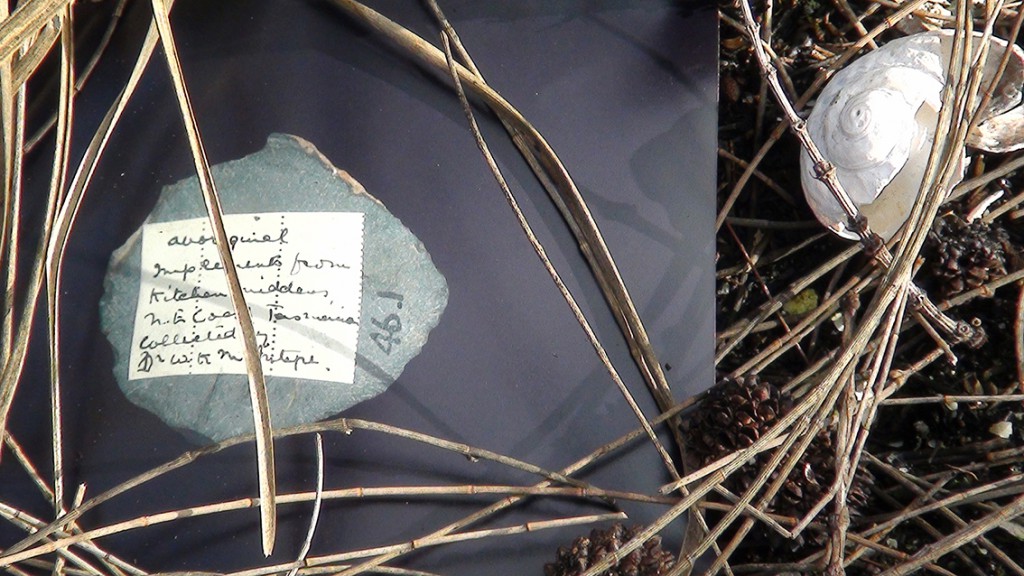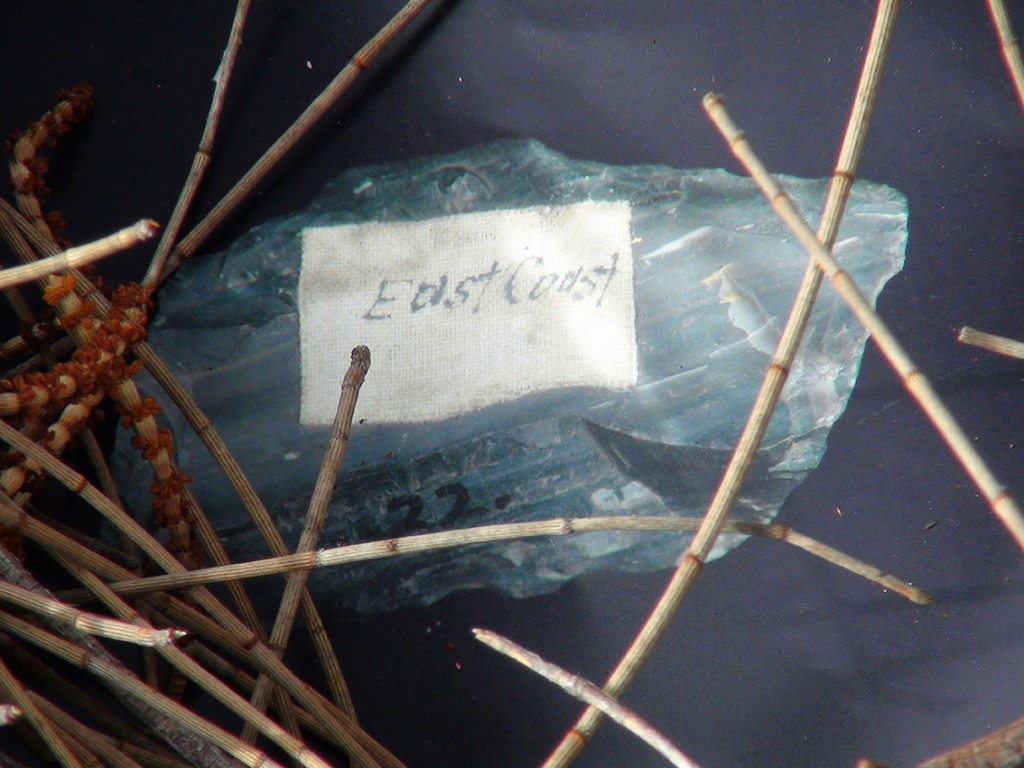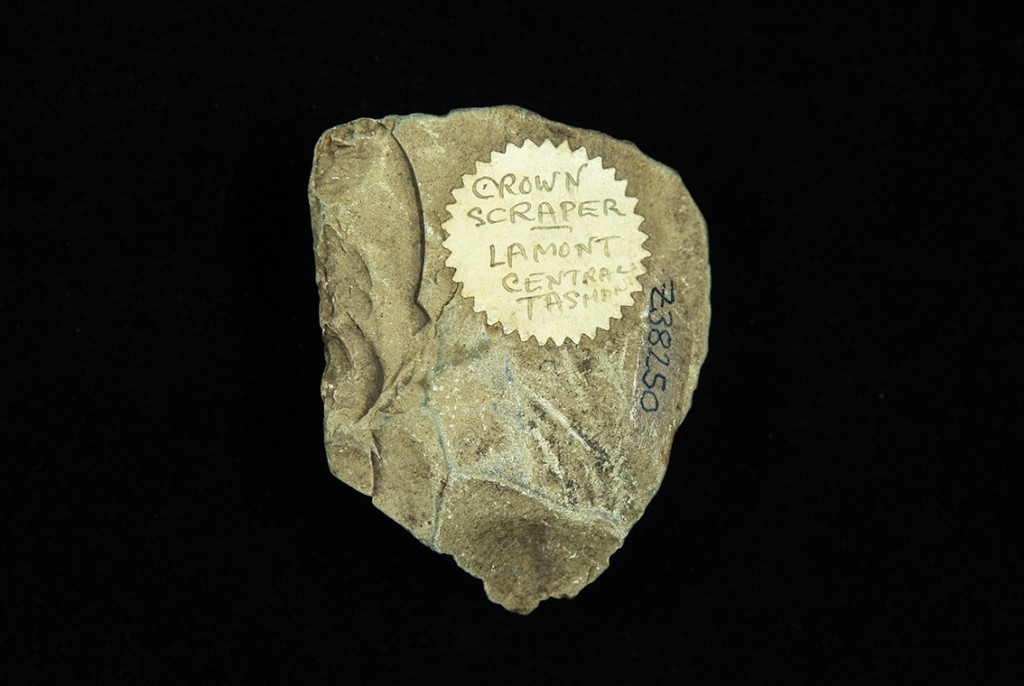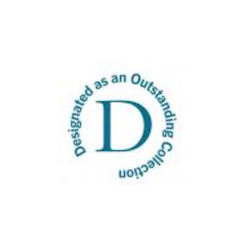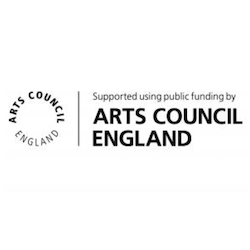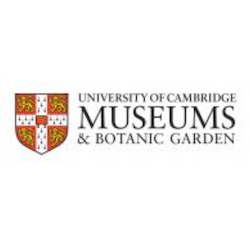ARCHIVED EXHIBITION
Julie Gough
Andrews Gallery
23 October – 30 November 2013
Downing Street façade
23 October – 3 November 2013, 6.00pm – 8.30pm
The Lost World (Part 2) is a solo exhibition by Julie Gough simultaneously installed in the Museum of Archaeology and Anthropology and at Contemporary Art Tasmania (CAT), Hobart.
The exhibition features Gough’s 2013 video work The Lost World (Part 2) projected in the Andrews Gallery and opposite the façade of the Museum on Downing Street.
The film shows the artist virtually ‘returning’, across Tasmania, photographs of thirty-five Aboriginal stone tools held in the Museum. The artefacts from the footage are installed in the gallery and sent virtually back to Tasmania as live web-camera feed. A second web-camera shows the photograph of one artefact currently outdoors in Tasmania.
Gough’s research and installation art practice often involves uncovering and re-presenting conflicting and subsumed histories, many referring to her own and her family’s experiences as Tasmanian Aboriginal people. This project explores the absence of objects from their original people and place. Gough’s physical response to the missing artefacts reconnects her to Country, while highlighting the colonial misnomers that articulate the continued dispossession of Aboriginal people from their lands.
Kitchen Middens Hobart, Risdon, Lindisfarne, Frederick Henry Bay, Ralph’s Bay, Cambridge, Dodges Ferry, Melton Mowbray, Lamont, Elphin Farm, Newstead, Newnham, Lake Leake, Ross, Oyster Cove, North Bruny Island, Hermitage, Early Rises, Lisdillon, Bicheno, Seymour, Long Point, Fingal, Falmouth, East Coast, St Helens, North East Coast, Pipers River, West Point
The Lost World (Part 2) is curated by Khadija von Zinnenburg Carroll. The artefacts were photographed by Christoph Balzar. The film was edited by Jemma Rea. The projection was realized with the technical expertise of Mark Sheppard, Ronald Haynes and Think AV. The exhibition was co-ordinated and assisted by MAA staff Matt Buckley, Jon Dawson, Anita Herle, Marcus Miller, Chris Wingfield.
This project was assisted through Arts Tasmania by the Minister for the Arts. (Contemporary Art Tasmania)
The Possessed Past Symposium
23 October, 2-6pm, McDonald Institute for Archaeological Research
No booking necessary but spaces are limited.
Symposium about the contemporary art exhibition The Lost World (Part 2) by Julie Gough, curated by Khadija von Zinnenburg Carroll. Focusing on themes of repatriation, colonial history, cultural violence and displacement in contemporary art, archaeology and anthropology. A catalogue will be produced from the exhibition and conference proceedings.
Session 1 Chair: Damian Skinner
2.00 Khadija von Zinnenburg Carroll, Juxta’s Position on the Anachronism of the Abgeneration
2:45 Julie Gough, The Possessed Past
3.30 Afternoon tea
Session 2 Chair: Anita Herle
3:45 Dacia Viejo-Rose Eternal, impossible, returns: Cultural violence and displacement
4:15 Ellen Smith, History as Fleeting Image
4:45 Christoph Balzar, Art in the Context of Ethnography
5:15 Plenary Chair: Nicholas Thomas
Julie Gough is a Tasmanian-based artist, independent curator and writer whose work often focuses on cross cultural colonial history. Since 1994 she has exhibited in more than 100 exhibitions including undisclosed, National Gallery of Australia, 2012; Clemenger Award, NGV, 2010; Biennial of Sydney, 2006; Liverpool Biennial, UK, 1999; Perspecta, Art Gallery of New South Wales, 1995.
A former curator of Indigenous art at the National Gallery of Victoria, Gough holds adjunct roles at the University of Tasmania and James Cook University, Queensland. Curatorial work includes TESTING GROUND (2012 – 2015), INSIDE: Life in Children’s Homes, National Museum of Australia (NMA) (2011 – touring), Tayenebe: Tasmanian Aboriginal women’s fibrework, Tasmanian Museum and Art Gallery / NMA (2009 – 2012), The Haunted and the Bad, Linden – St Kilda Centre for Contemporary Arts (2008). Gough holds a PhD and BA Hons Visual Arts (University of Tasmania), MA, Visual Arts (Goldsmiths College, University of London), BA Visual Arts (Curtin University), BA Prehistory/ English Literature (University of West Australia).
Julie’s work is represented in collections including the National Gallery of Australia, National Museum of Australia, National Gallery of Victoria, Art Gallery of New South Wales, Art Gallery of South Australia, Art Gallery of West Australia, Tasmanian Museum and Art Gallery, Queen Victoria Museum and Art Gallery, Flinders University, Murdoch University, State Library of Tasmania, State Library of Queensland, Powerhouse Museum, Mildura Arts Centre, Devonport Regional Gallery, Tamworth Regional Gallery, Parliament House, Australia.https://maa.cam.ac.uk/maa/wp-admin/post.php?post=3803&action=edit&message=1
Khadija von Zinnenburg Carroll (MFA, PhD) is an Austrian-Australian historian and artist who runs an ongoing British Academy supported art-research project at the Museum of Archaeology and Anthropology at Cambridge University. She holds a PhD in indigenous Australian art history from Harvard University. Her monograph Art in the Time of Colony will appear in 2014 in Ashgate’s series on Empires and the Making of the Modern World, 1650-2000; it includes her work with Julie Gough. Her other publications on the subject of artists interventions in the museum include Performing Viewers (Laboratorium, 2013), Object to Project, Curating Curiosity, and Small Mirrors to Large Empires.
Khadija’s performances, videos and installations have been shown at the 52nd Venice Biennale, Soho in Otterkring, Institute of Contemporary Art Philadelphia, Ecole des beaux-arts de Cherbourg-Octeville, Skuc Llubijana, and Harvard Graduate School of Design. Her recent exhibitions include 40,000 Years of Modern Art: A re-enactment at the ICA London, The Making-of Skins Cloak at the National Museum of Australia, and Rise and fall at the Marrakech Biennale. In the past year she has been an artist in residence at the Wysing Arts Centre, The Australian Print Workshop, and Riad el Fenn. Khadija has curated various exhibitions internationally including Kranich Museum, Vienna Zocolo, and Homebase V Berlin.


